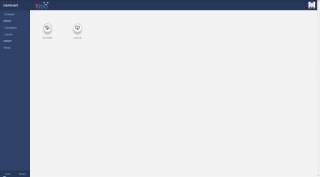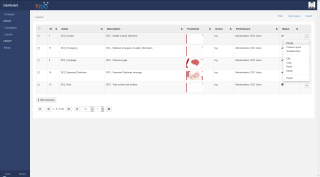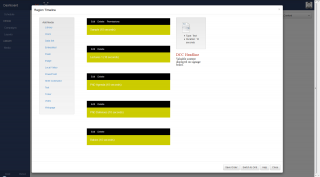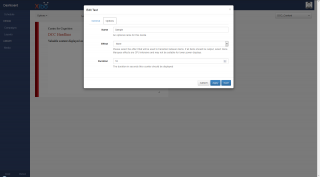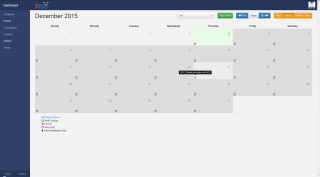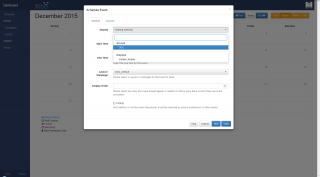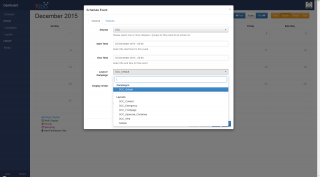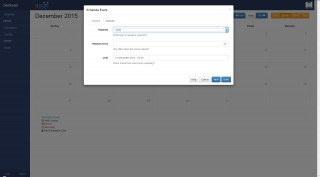Difference between revisions of "Help:Xibo"
| Line 64: | Line 64: | ||
*{{Official website|http://xibo.org.uk/}} | *{{Official website|http://xibo.org.uk/}} | ||
*[http://xibo.org.uk/manual/en/index.html Xibo Manual] | *[http://xibo.org.uk/manual/en/index.html Xibo Manual] | ||
| + | |||
| + | ==References== | ||
| + | <references/> | ||
Revision as of 13:25, 8 December 2015
This page provides a basic tutorial for users of the Xibo digital signage content management system within the Donders Centre for Cognition. These users will be presented with a customized interface, so the following steps will not necessarily apply to any other Xibo installation. For the full user manual, visit the Xibo documentation page.
Overview
Before we begin designing our signage content, it is important to understand the principles of Xibo. To quote the manual:[1]
Xibo is based on 4 things:
- Displays
- Media
- Layouts
- Scheduling
[This means that] Xibo will allow multiple displays to show media contained on multiple different screen layouts on a scheduled basis.
For the DCC, the TSG will handle most of the display management and media. We have created several layout templates, so users only have to add their content.
Below are some common definitions used throughout this manual. Some of them will be explained in more detail further down below.
Definitions
Displays
- Displays are the physical signage boards that are linked to the Xibo server. Every display can be assigned their own unique content, but all DCC displays are also grouped together so they can all show the same content at the same time.
Media
- Media is the collective term for all images, text, videos and web content used in Xibo. Uploaded files like images and videos can be configured in the user's Media Library, other elements like text and web content can be configured directly on a layout.
Layouts
- These are the design that is seen on the display. Layouts contain one or more regions, each with their own independent timeline of media to play.
Campaigns
- Campaigns are used to string multiple layouts together. This is useful for when you have multiple layouts with different region designs, or when you have content that is only used some of the time.
Scheduling
- Scheduling is where the user assigns a layout or campaign to one or more displays. Content can be scheduled in advance, set to repeat, etc.
Dashboard
After logging in, users are taken to the Xibo Dashboard. This dashboard serves no practical purpose, so use the sidebar on the left to navigate to the place you want to go.
